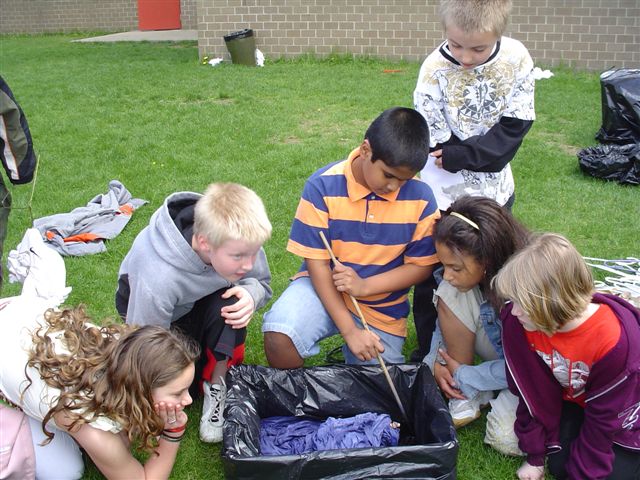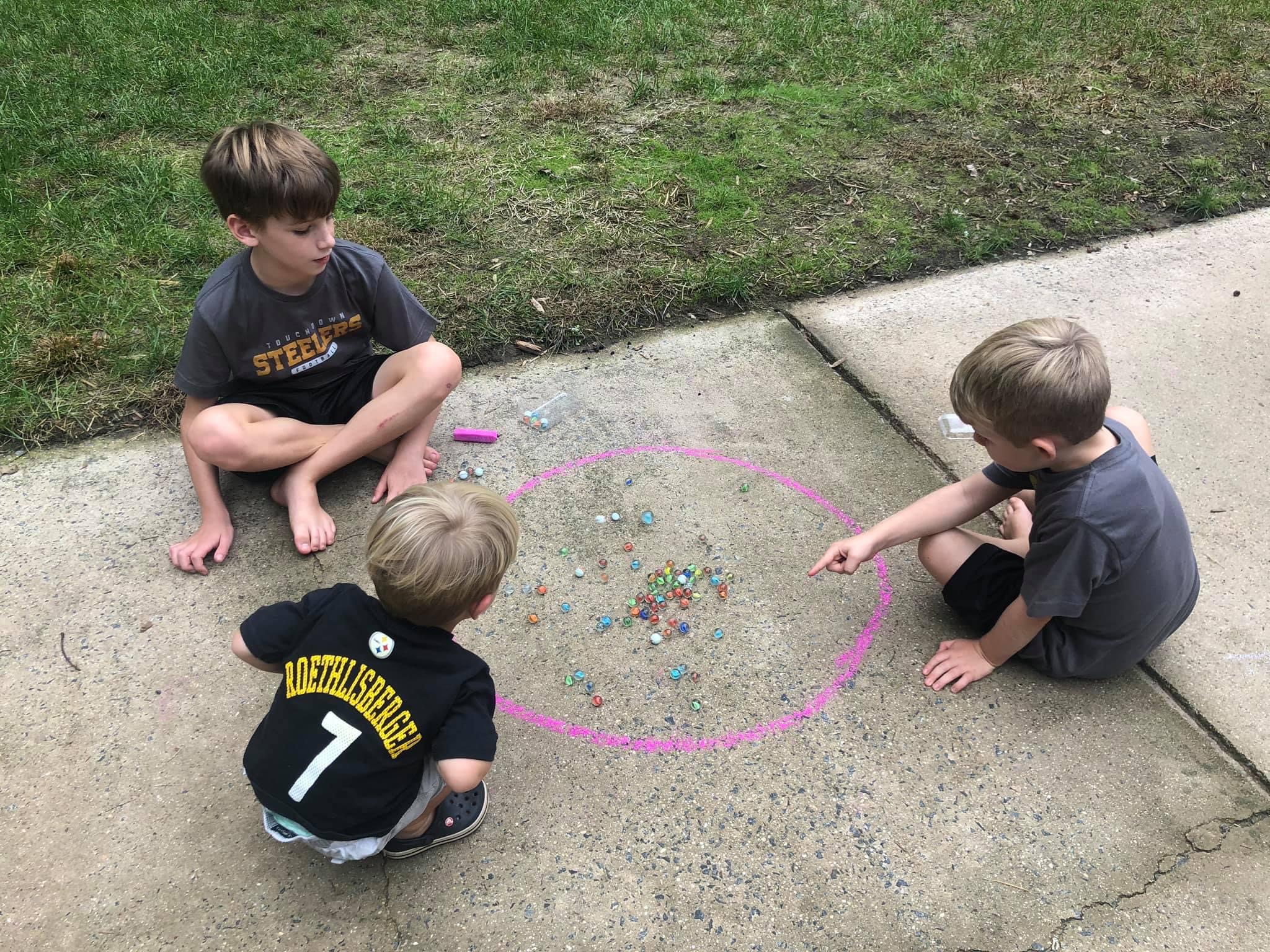Ability grouping is the process of grouping children with the same talents or abilities in a classroom. It is a method of tracking students. Elementary students are in groups that have academically unidentifiable names (bluebirds or robins). However, middle and high schoolers are not easily fooled. They understand what their groups mean. These students become labeled. A basic high school track is College Prep, Vocational and/or General. Some go further and offer Arts and Design, and Sports tracking groups.
Ability Grouping History
The practice of grouping dates back to the 1950s. It was meant to prepare students for a place in the workforce. So, students with high academics were placed in rigorous courses. In a like manner, students with lower abilities were placed in vocational courses for a specified skill.

Common Forms of Grouping
Within-class and Between-class grouping are common methods. First, within-class is the grouping of students of similar abilities into small groups. This method is common for math or reading instruction. And, between-class grouping is the means of separating students into different courses based on academic achievement.
For or Against
Proponents of grouping (tracking) suggest teachers tailor content and pace of instruction to the needs of each student. Also, they claim it improves student achievement. Advocates feel that since tracking displays itself in a variety of ways, there is no way to determine success or failure.
On the other hand, opponents state grouping fails to benefit any student. It places poor and minority students in lower tracks where there is a lower quality of instruction than the other groups. In doing this, they claim grouping is the reason for the achievement gap. However, research does not report an increase of overall achievement in schools that group. While research does suggest that grouping promotes inequality and inequity. Additionally, the criteria to group students is based on subjective perceptions of intelligence. Tracking attaches a label on the student. And, once grouped, students generally stay at that level with no chance on movement.
Flexible grouping may be the answer to replace tracking students and ability grouping. Flexible grouping places students in groups according to readiness for learning. Accordingly, teachers instruct students at the right pace and time. Flexible grouping is an ongoing process for both student and teacher. Student assignments change according to the student’s performance. Most importantly, teachers continuously assess and reassess each student’s readiness to stay in a group or move on to another.

Educators who use grouping claim the method is indispensable. It helps teachers cope with varying levels of abilities and achievement. Because students learn at different rates, tracking or grouping can be successful. So, which is best for students? This topic is continuously debated among educators and parents. Is ability grouping a form of discrimination? Possibly further research is needed. But, it is important to understand the limitations of each.
![]()
Blog ability



